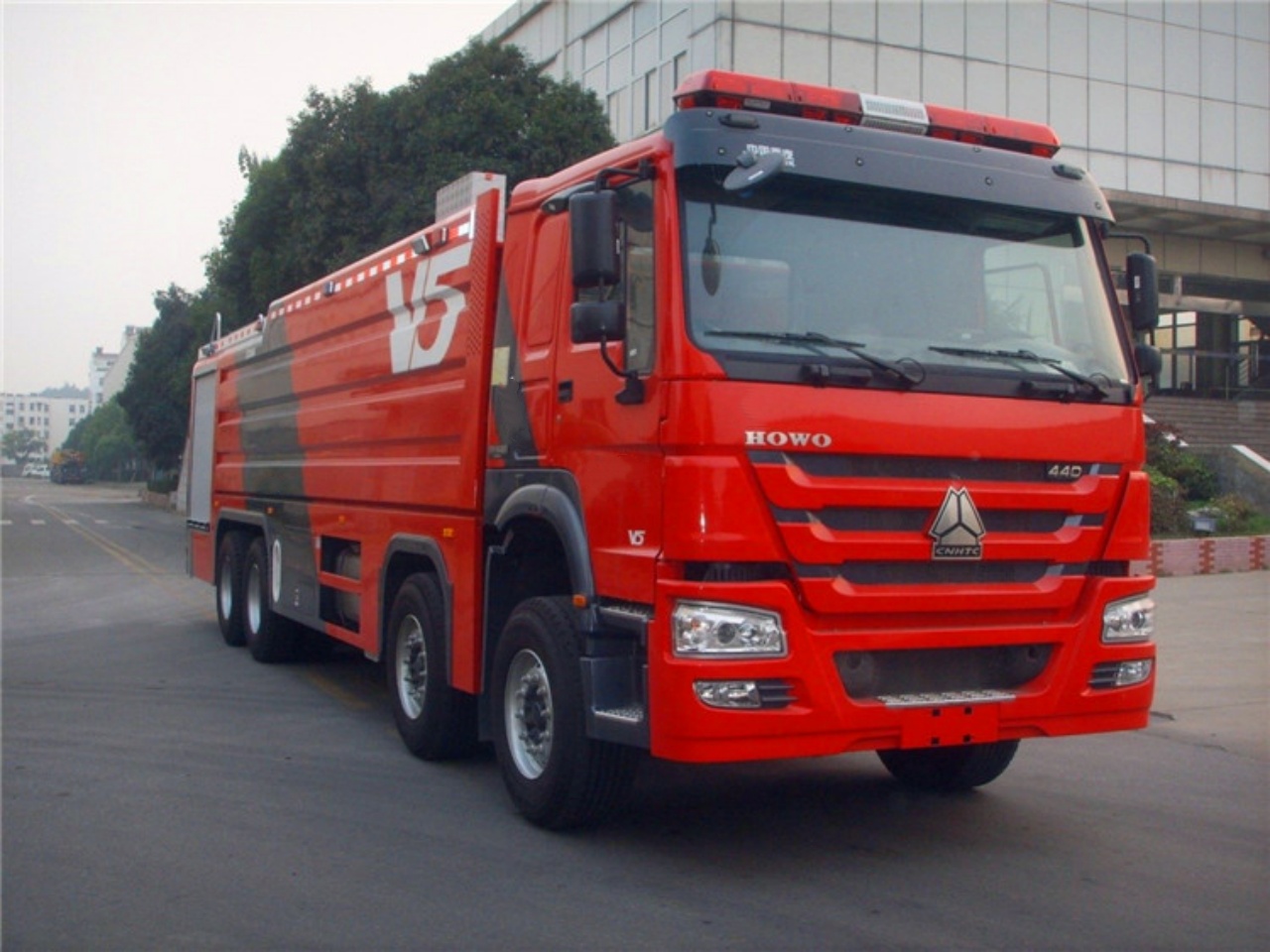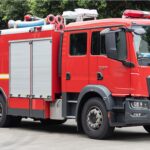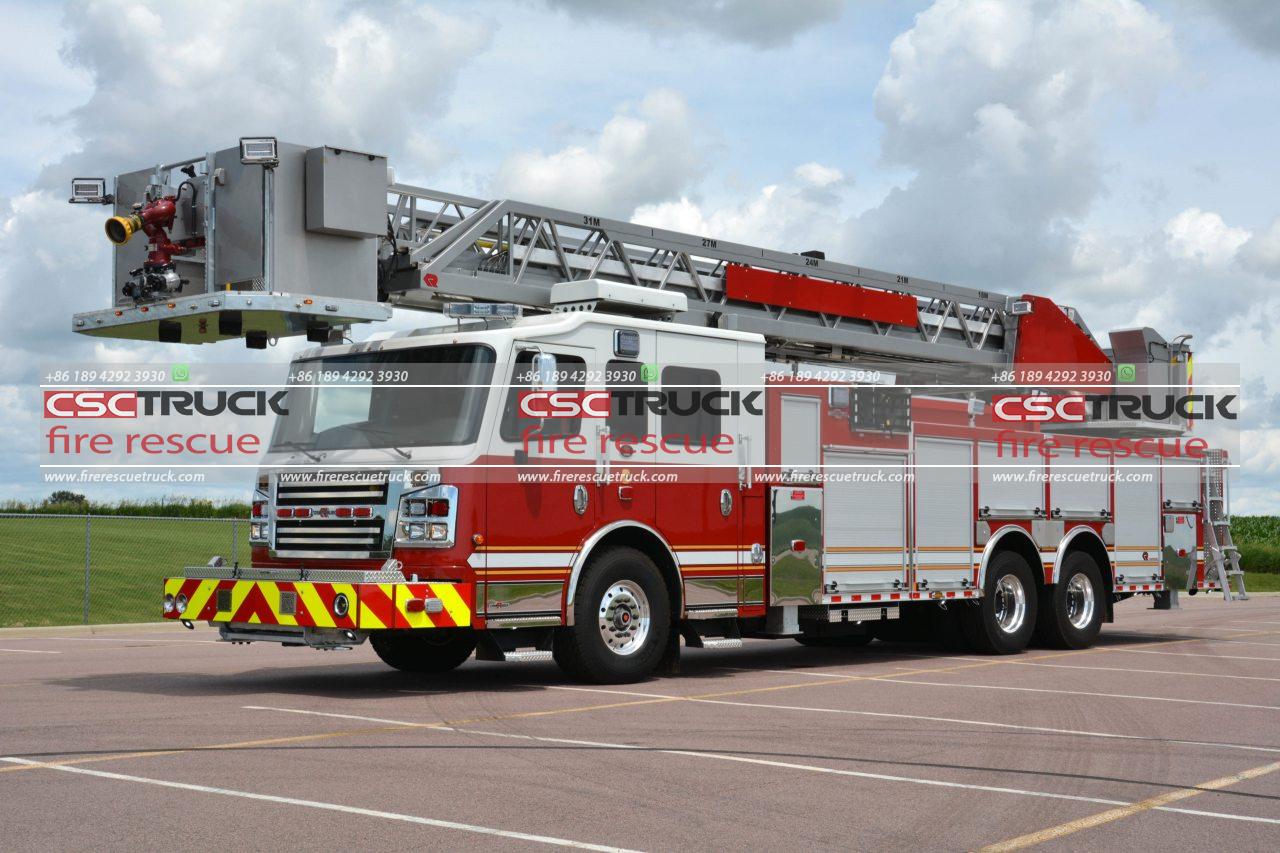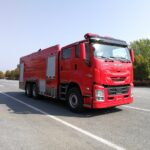When people think of fire engines rushing down the street with lights flashing and sirens blaring, 1 common assumption is that these trucks are always carrying large amounts of water to put out fires. While that idea is partially true, the actual answer is more nuanced. Fire engines in the United States are highly specialized vehicles with various types, configurations, and capabilities, and not all of them carry water. In this article, we’ll explore the different types of fire apparatus used in the U.S., their water-carrying capacities, and how modern firefighting operations are supported by a coordinated fleet rather than a single vehicle.
What Is a Fire Engine?
First, it’s important to distinguish between the terms fire engine and fire truck, which are often used interchangeably in everyday conversation but mean different things in firefighting terminology.
A fire engine, also known as a pumper, is primarily designed to carry water and pump it through hoses to suppress fires. It’s the workhorse of firefighting operations and usually the first vehicle to arrive at the scene. A fire truck, on the other hand, typically refers to a ladder truck or aerial apparatus that is equipped with ladders, rescue tools, and other equipment, but may not carry water or even have a pump.

Do Fire Engines Carry Water?
Yes — most fire engines in the United States are designed to carry water. However, the amount varies depending on the model and intended use of the engine.
The typical Class A pumper in the U.S. carries between 500 to 1,000 gallons (1,890 to 3,785 liters) of water. Some rural departments may use engines with larger tanks — sometimes up to 1,500 gallons — due to limited access to hydrants. Conversely, engines in urban areas, where fire hydrants are more prevalent, may carry smaller water tanks because a continuous supply is usually available through the municipal system.
The water tank is integrated into the body of the fire engine, often made of polypropylene or stainless steel for durability and corrosion resistance. Alongside the tank, these vehicles are equipped with powerful pumps — commonly rated at 1,000 to 2,000 gallons per minute (GPM) — which are used to deliver water through hoses at high pressure.
The Role of Tankers and Water Tenders
While most fire engines carry water, there are also specialized vehicles known as tankers or water tenders that carry much larger volumes. These vehicles are not typically equipped with full pumping systems like a fire engine, but serve a critical role, especially in rural or wildland firefighting.
A standard water tender may carry between 1,500 to 3,000 gallons of water, and in some extreme cases, even more. Their job is to shuttle water to the fire scene, either supplying it directly to an engine or dumping it into portable reservoirs (called dump tanks), which the engine then draws from.
In this way, a fire engine may carry just enough water to begin initial fire suppression until additional water can be brought in by tenders or accessed from nearby hydrants.

What About Ladder Trucks?
Ladder trucks (often just called trucks) are the tall fire apparatuses equipped with extendable ladders or platforms used for reaching upper floors of buildings. These vehicles typically do not carry water and are not designed for pumping operations.
Instead, their primary role is ventilation, rescue, and access. Firefighters operating from these trucks may be involved in breaking windows to release smoke, cutting holes in roofs to prevent flashover, or rescuing people from upper stories. These trucks often carry a wide range of tools: saws, axes, thermal imaging cameras, and rope rescue gear, but rarely water.
Some modern ladder trucks are “quints” (short for quintuple combination apparatus), which combine five functions: pump, water tank, fire hose, aerial ladder, and ground ladders. These quints can carry water, usually between 300 to 500 gallons, but they are less common than standard engines or ladder trucks.
How Much Water Does It Take to Fight a Fire?
The amount of water required to fight a fire varies dramatically depending on the size and type of the blaze. A small room-and-contents fire may be handled with just a few hundred gallons, while a fully involved structure fire could require thousands of gallons. In some large-scale incidents, such as wildfires or industrial fires, millions of gallons might be needed over time.
This is where coordination becomes vital. A single fire engine’s tank may provide water for only a few minutes of continuous firefighting. That’s why hydrants, mutual aid, and relay pumping operations are essential parts of modern fire suppression strategies.

Water Supply in Urban vs. Rural Areas
In cities and suburban areas, fire hydrants are located at regular intervals and are the primary water source for firefighting. Fire engines connect to hydrants using large-diameter hose (LDH), allowing them to pump continuously without relying on the onboard tank.
In rural or remote areas where hydrants are unavailable, departments must rely on alternative methods. These include:
- Water tenders (tankers)
- Portable dump tanks
- Drafting from ponds, lakes, or streams
- Relay pumping between multiple apparatus
In these settings, fire engines still carry water, but careful planning is necessary to sustain operations once the tank runs dry.
Firefighting Foam and Additives
In addition to plain water, some fire engines are equipped to use firefighting foams or wetting agents, which are especially useful for certain types of fires, such as vehicle fires, brush fires, or flammable liquid incidents. These substances help water adhere to surfaces and penetrate materials more effectively.
To accommodate this, engines may have foam tanks ranging from 20 to 100 gallons and proportioning systems that mix the foam concentrate with water during discharge.
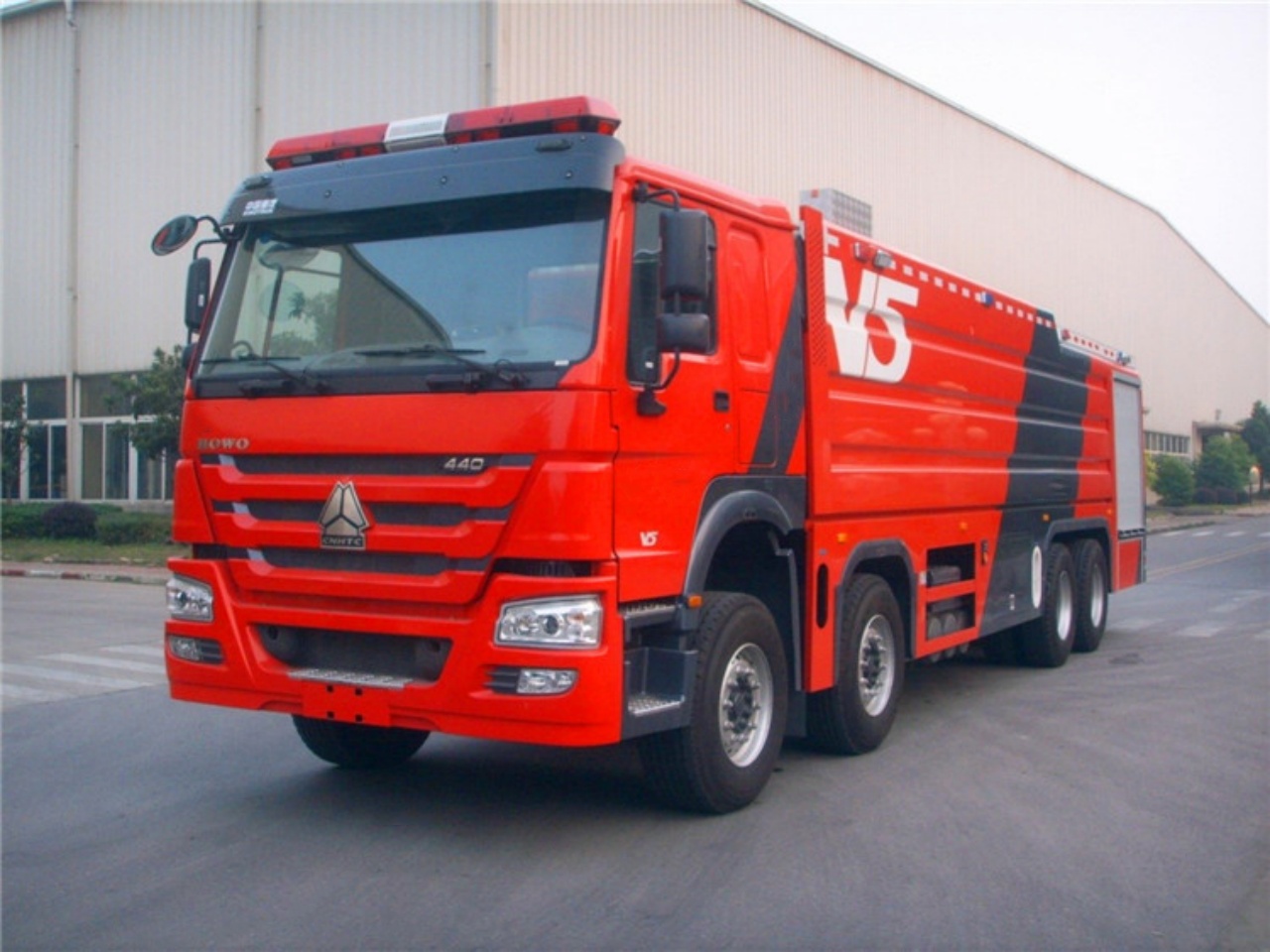
Conclusion
So, do U.S. fire engines carry water? The answer is a resounding yes — most of them do, but with some important qualifications. While standard engines (pumpers) carry water and use it as the initial attack resource, the overall success of firefighting depends on a combination of apparatus types, including ladder trucks, tankers, and specialized support vehicles.
The amount of water an engine carries is just one piece of the puzzle. A fire department’s strategy involves a complex interplay of personnel, equipment, infrastructure, and training. Whether it’s tapping a hydrant in a big city or shuttling water down a winding country road, U.S. fire services are built to adapt to the needs of their communities.
Fire engines may carry water, but it’s the coordination, planning, and skill of firefighters that truly put out the flames.
